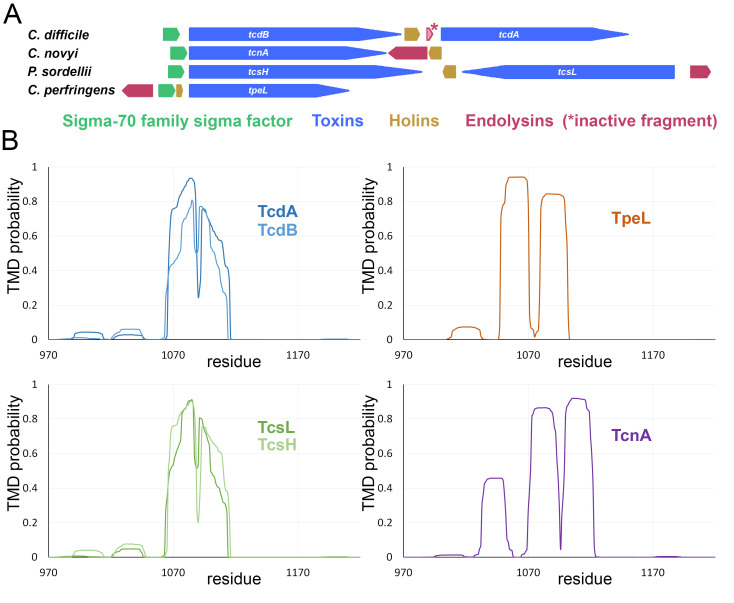Figure 2. FIGURE 2: Large clostridial toxins (LCTs) are genetically associated with holin/endolysin systems and are unlikely to be compatible with Sec transport.
(A) Genetic environment of the genes encoding the so far known LCTs (blue). Note the presence of genes encoding a sigma-70 family sigma factor (green) and a holin (ocher) in direct neighborhood of all toxin genes. Note also that endolysin genes, or in one case a fragment of an endolysin gene, are present at all toxin loci (red). (B) Detection of a hydrophobic region in the central part of all LCTs, which has sufficient length for a trans-membrane helix and therefore would be incompatible with Sec transport. Prediction of trans-membrane helices by TMHMM 2.0 [46], using the sequences of the indicated regions only. See text for more details.

